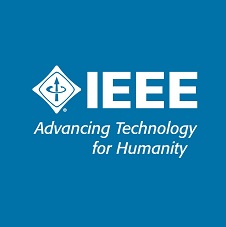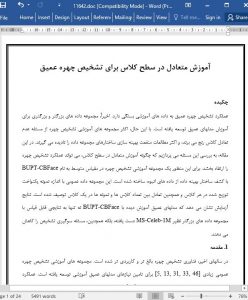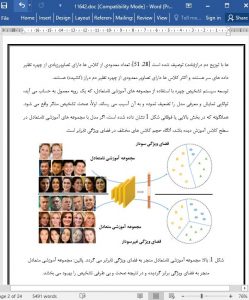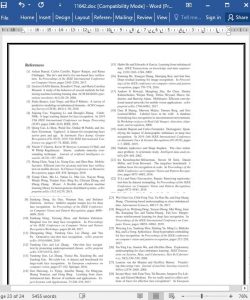Abstract
The performance of deep face recognition depends heavily on the training data. Recently, larger and larger datasets have been developed for the training of deep models. However, most face recognition training sets suffer from the class imbalance problem, and most studies ignore the benefit of optimizing dataset structures. In this paper, we study how class-balanced training can promote face recognition performance. A medium-scale face recognition training set BUPT-CBFace is built by exploring the optimal data structure from massive data. This publicly available dataset is characterized by the uniformly distributed sample size per class, as well as the balance between the number of classes and the number of samples in one class. Experimental results show that deep models trained with BUPTCBFace can not only achieve comparable results to largerscale datasets such as MS-Celeb-1M but also alleviate the problem of recognition bias.
1. Introduction
In recent years, face recognition technology is becoming more mature and applicable. A lot of public face recognition training sets [5, 13, 31, 33, 46] are developed to meet the needs of training deep models. The recognition performance on public benchmarks such as LFW [18] are also becoming saturated. However, the class imbalance problem [2, 3, 14, 15, 20] remains a bottleneck in the field of deep face recognition, which means, the number of samples in majority classes is much more than that in minority classes in the training sets. The imbalanced data distribution is characterized by the long tail distribution [28, 51]: a few classes have many face images as the “head” data, and most classes have fewer face images as a long “tail”.
5. Conclusion
In this paper, we study the impact of class balance and data structures on deep face recognition. A class-balanced face recognition training set BUPT-CBFace is built by carefully adjusting data shapes and classes. BUPT-CBFace has a significant recognition performance and fairness improvement compared to long-tailed datasets of the same scale. Moreover, BUPT-CBFace can be easily trained on a single NVIDIA GTX 1080Ti GPU to achieve the same level results as large-scale parallel training, which is very friendly to many institutes. BUPT-CBFace is publicly available as an alternative option to the existing long-tailed datasets.











